Dolmas (Stuffed Grape Leaves)
Classic meat and rice filled dolmas get a huge boost of flavor with herbs and two ingredients I love. They can also easily be made without meat, too.
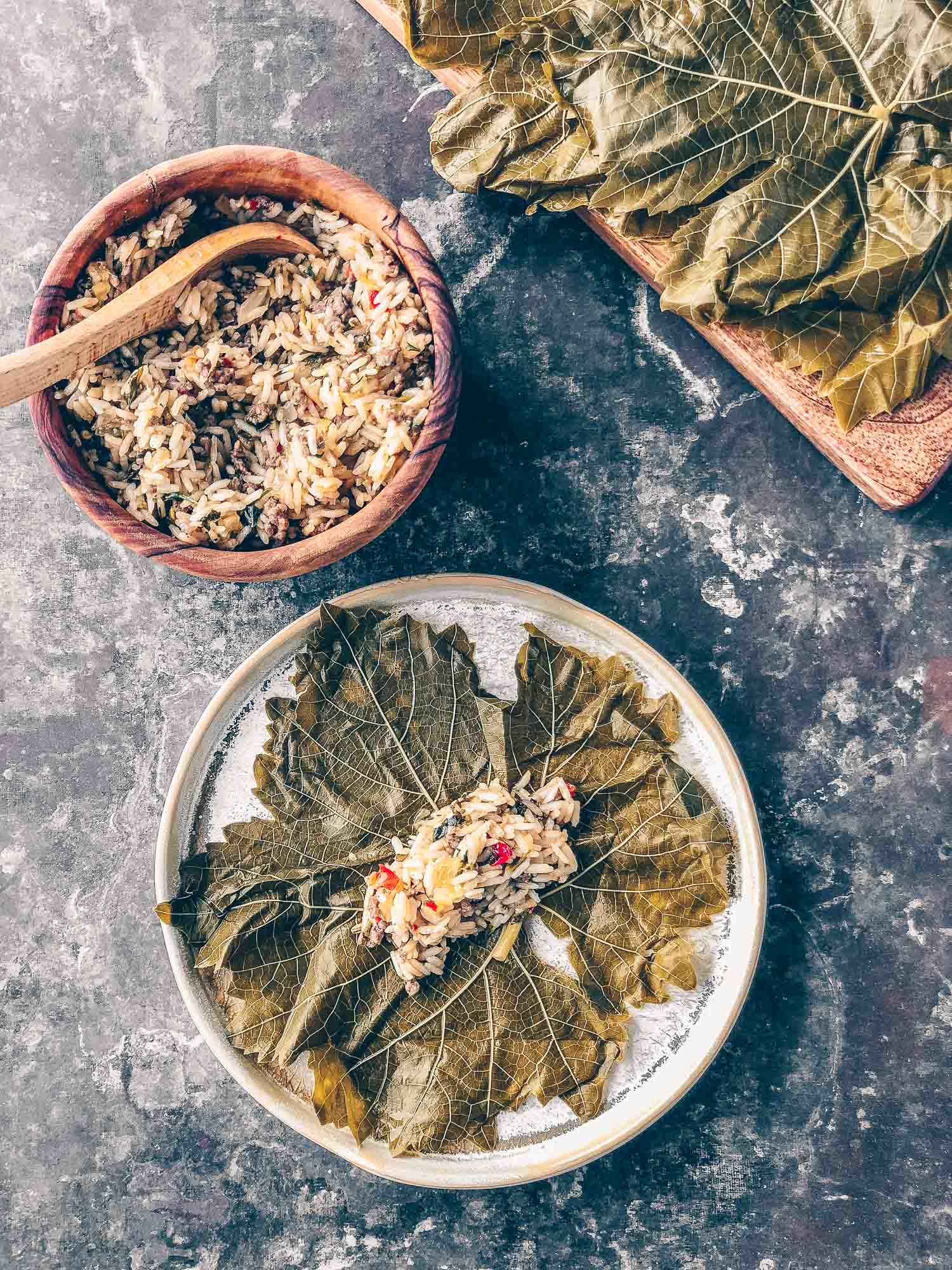
My husband is nothing if not consistent, particularly when it comes to food. Actually, maybe predictable is the better word to use. Fruit and oatmeal for breakfast, a salad or turkey sandwich for lunch, fish and veggies for dinner. And if we’re dining out and there are tomatoes in the fish selection I silently count down 3-2-1 before I hear, “You never serve tomatoes (he really means tomato-based sauce) with fish.”
That last bit is his personal peeve and there’s a cute story about how this strong aversion to fish and tomatoes together came about but it’s for another day.
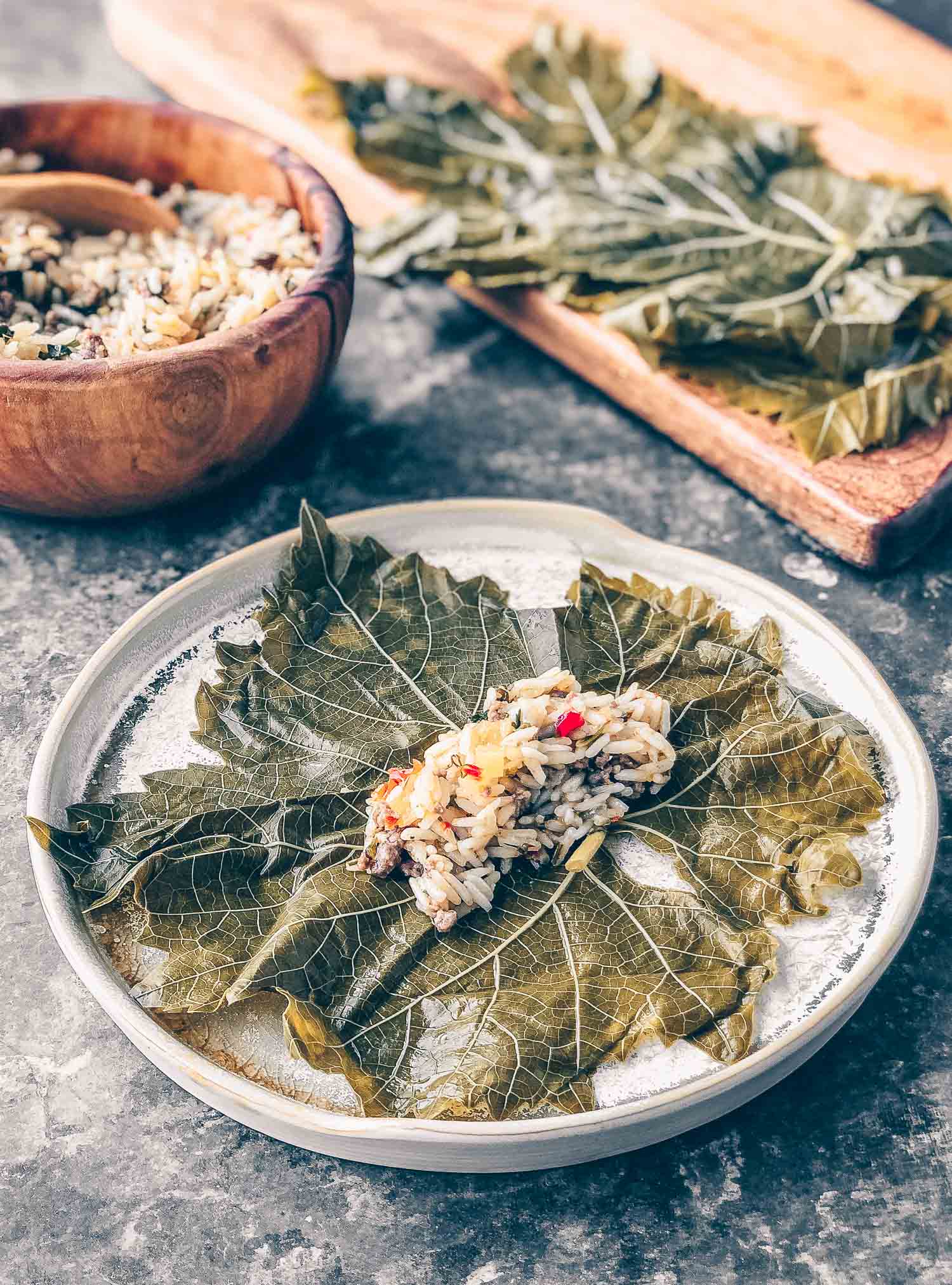
When it comes to snacks or small bites, dolmas are one of my husband’s favorites. Our local grocers have carried them for years so I’d never been compelled to make them at home until I began to notice a decline in quality over the last few purchases. The dolmas have either been undercooked or too bland. Absent has been the lemony kick that I’ve come to associate with a properly prepared dolma–there hasn’t been even a hint of it recently.
I love a good challenge in the kitchen so I set about to make my own dolmas.
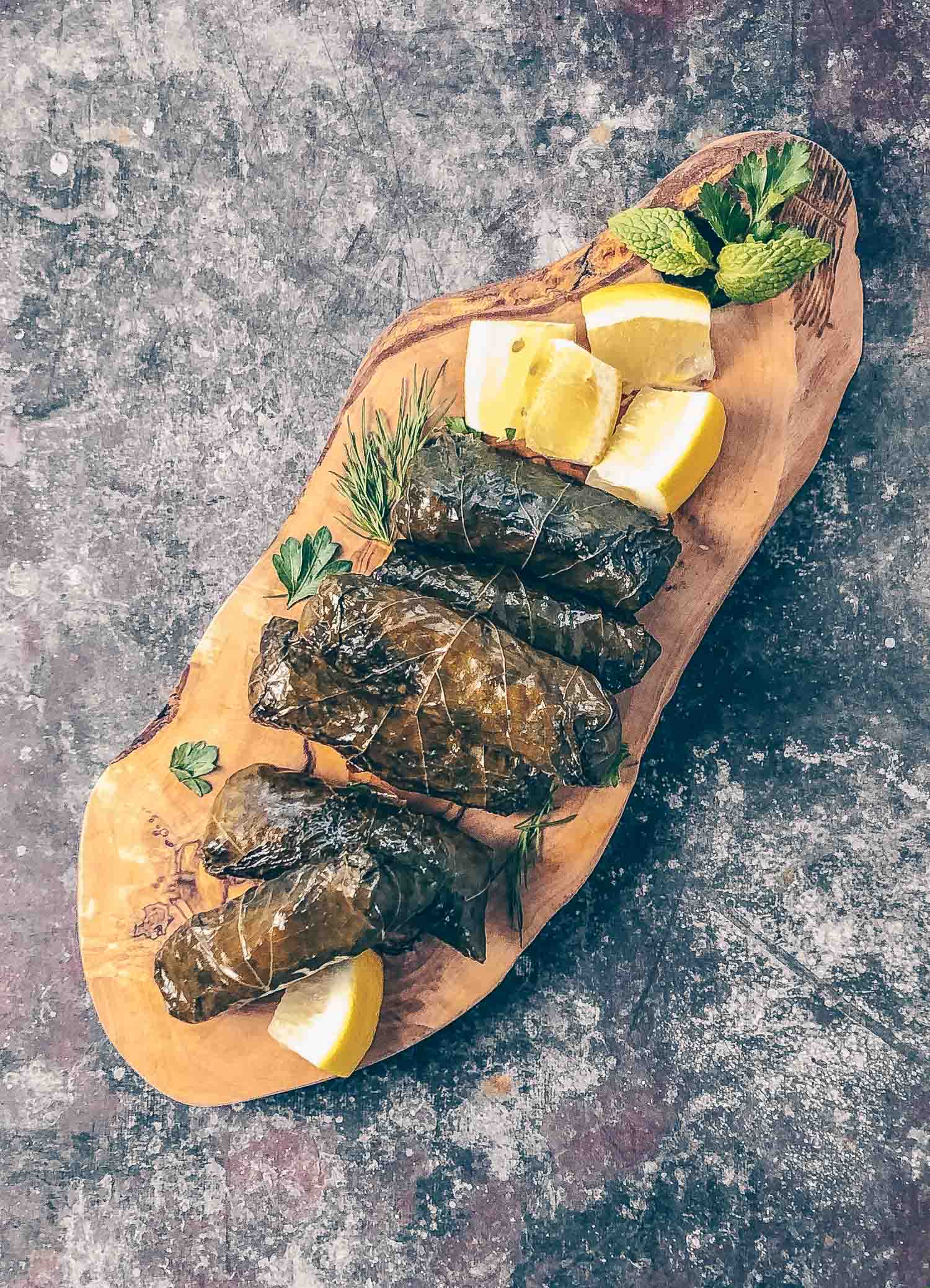
What are Dolma? Tolma? Dolmas? Dolmades? Dolmathes?
Dolmas are stuffed grape leaves and while I had always believed them to be Greek in origin, I’ve learned that there is great debate about where they really came from. Some sources suggest that dolmas traversed across continents during the Ottoman Empire. Today they are considered a traditional food in (but not limited to) Armenia, Turkey, Greece and the Middle East.
In some cultures dolma is defined as any stuffed vegetable, not just grape leaves, but the stuffing almost always contains rice and sometimes meat. The mix of spices and herbs or the use of tomatoes, nuts or currants are dictated by region and also what they’re served with. Tzatziki, avgolemono sauce or simply olive oil and lemon are common accompaniments, depending on a recipe’s origin.
Just like there’s not just one way to prepare Chicken Adobo or Ragú all Bolognese, there is more than one traditional dolma recipe. This was a good thing for me as I both wanted to maintain the integrity of a traditional dolma and put my spin on it, too.
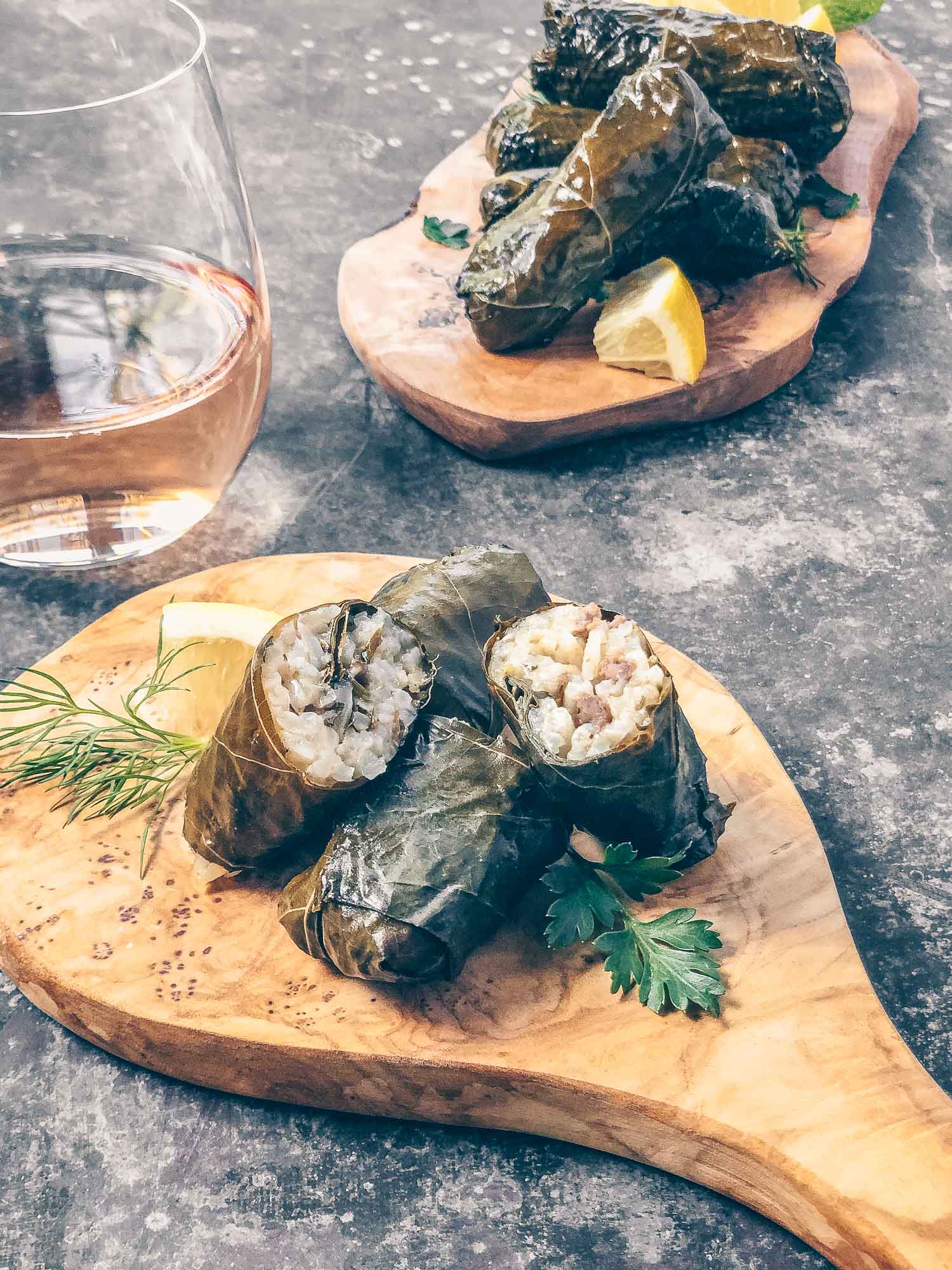
If you’ve seen my last post, you’ll agree that I’ve been on a preserved lemon kick lately. I’ve been going through jars of them, using a little here and there whenever a recipe would permit. My love for lemons runs deep and strong and preserved lemons are, as my niece might say, extra. Preserved lemons are bold and bright and using them in these dolmas–along with some crushed Calabrian Chilies–was my antidote to the flavorless ones from the market that have disappointed me lately.
I also loaded up on the herbs. In fact, the Mixed-Herb and Preserved Lemon Gremolata recipe I posted last became the flavorful base for my first two batches of dolmas but you can use any herb mix you prefer.
And where the market varieties are typically sold without meat, I used just a little ground beef in mine to give them more substance. The resulting dolmas were an instant hit with my husband and our friends who were happy to receive samples from my first batch.
Dolmas turned out not to be the great culinary challenge that I imagined they would be but after preparing them twice now I’ve listed some tips here to help you conquer them in your kitchen, too. They are fun to make, very easy, open to countless filling variations and would be a hit at your next get-together.
How to Make Dolmas and some Helpful Tips
- Use good quality grape leaves. I followed the advice of several sources online and was very happy with Orlando California Grape Leaves. For my second batch of dolmas I used Roland brand and I found them to be stringy, tough and too strongly flavored. Maybe it was a one-off experience but I wouldn’t use them again.
- Rinse the grape leaves. You don’t have to soak them but do rinse them well to rinse off some of the brine so the latter doesn’t overpower the flavor of the dolmas.
- One 16-ounce jar of grape leaves will have enough for 40-45 dolmas, maybe more. The jars contain various leaf sizes but they all work. If you are left with two small leaves, I found that overlapping them slightly worked just fine.
- Layer the bottom of your cooking vessel with the less-than-perfect leaves. This will prevent your bottom layer from sticking to the pan.
- Two layers of dolmas stacked in a pan is best; three is the most. I used a straight-sided 10-inch pan and was able to stack about 35 dolmas two deep in the pan.
- Cover the dolmas with an inverted plate. This is in addition to using a lid to cover the pan. The plate is to keep the dolmas from moving around in the pan while they cook.
- Use stock with water to cook the dolmas. I used half low-sodium chicken stock with water to infuse the dolmas with more flavor.
- Olive Oil. Some of the recipes I looked at called for quite a bit of olive oil in the liquid to cook the dolmas. It’s supposed to help with the texture of the dolmas. I didn’t do this and the leaves were tender.
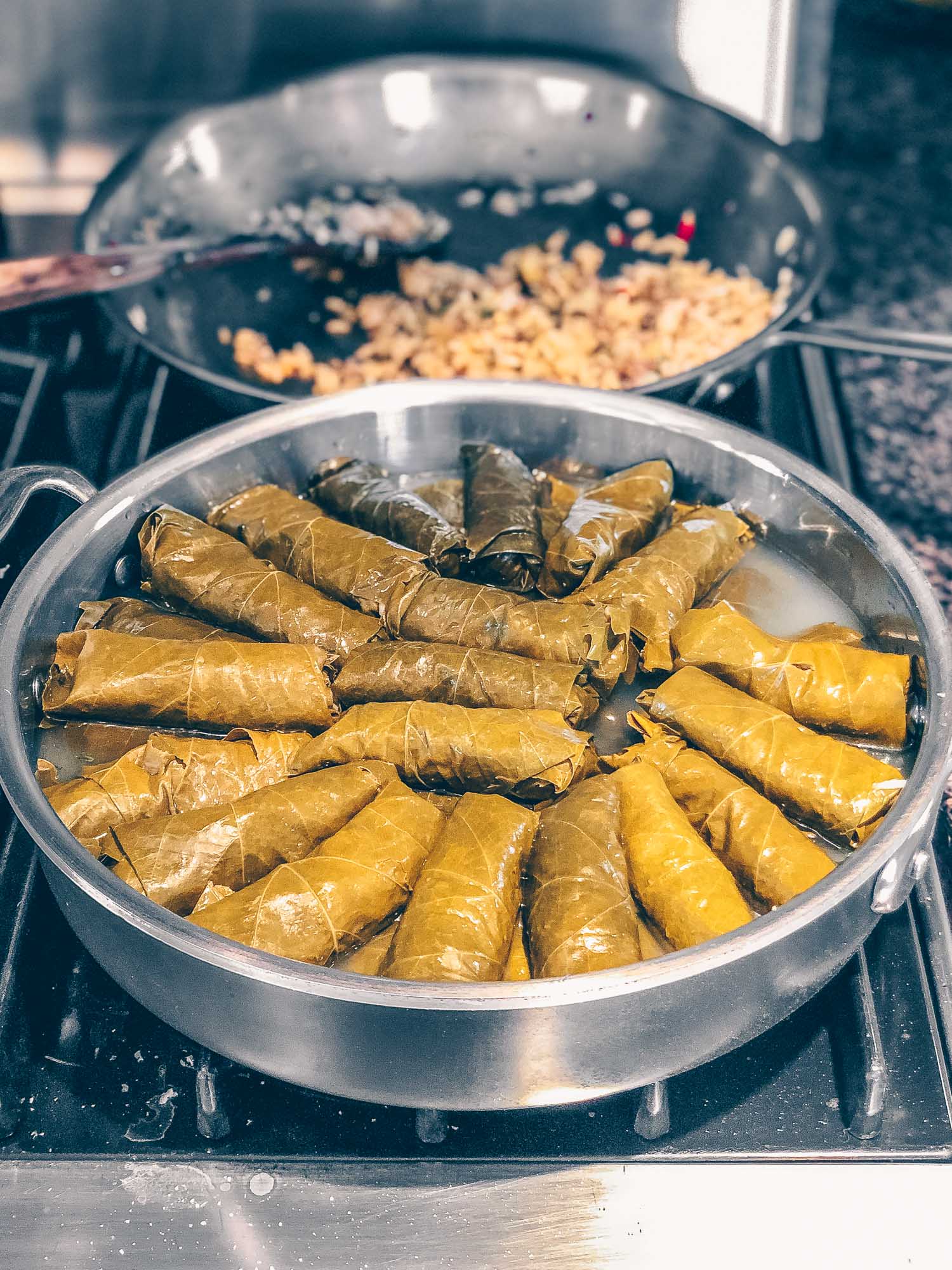

Dolmas (Stuffed Grape Leaves)
Classic meat and rice filled dolmas get a huge boost of flavor with herbs and two ingredients I love. They can also easily be made without meat.
Ingredients
Dolma Filling
- 2/3 pound ground beef
- 1/2 onion, chopped
- 1/2 teaspoon onion powder (not onion salt)
- 1/2 teaspoon garlic powder (not onion salt)
- 1 1/2 cups uncooked long grain rice
- 1 teaspoon crushed Calabrian chilies from a jar (or sambal oelek)
- 1 1/2 cups chicken stock
- 2 tablespoons fresh lemon juice (See Note)
- kosher salt and pepper
Herb Mix for Filling (See Note)
- 1 cup Italian parsley, finely chopped, packed (See Note on herbs)
- 4-5 sprigs mint leaves, finely choppped
- 3 sprigs fresh dill, chopped
- 2 tablespoons preserved lemon, finely chopped
- 2 cloves garlic, minced
- 2-3 tablespoons fresh lemon juice (See Note)
Dolmas
- 1 jar grape leaves (See Note)
- 1 1/2 cups chicken stock
- 3/4 – 1 cup water
- 1 tablespoon fresh lemon juice (optional)
Instructions
Prep the Grape Leaves
-
Carefully take the grape leaves out of the jar and unfurl them. They tear easily so separate the leaves from each other and transfer them to a bowl. Fill the bowl with water and drain. You can do this twice but it's not necessary to soak the leaves.
Herb Mix
-
You can use the herb mix above which is essentially my gremolata recipe and use this as a base to add to the filling. Just stir everything together and set aside. Alternatively, use just the parsley and stir in with the lemon juice and garlic. A few minutes in the lemon juice will wilt down the herbs and you will need about 3/4 – 1 cup of the wilted mixture.
Prepare the Filling
-
In a skillet heat two to three tablespoons of olive oil to medium or medium-high heat. Cook the onion for about two minutes until translucent. Add the ground beef and cook, making sure to break apart the large chunk into small pieces. Season with kosher salt, pepper and add the onion powder and garlic powder. Add another tablespoon or two of olive oil if the pan is too dry. Also add the crushed Calabrian chilies (or use sambal oelek). Cook the beef over medium heat for about five minutes or until you begin to see some caramelization in the pan.
-
Add the uncooked rice and stir into the cooked meat for a minute or two but watch your heat so nothing burns. Lower the heat to medium-low if you have to. Add the 1 1/2 cups chicken stock and two tablespoons lemon juice. Cover and simmer for five minutes.
-
After five minutes add the 3/4 cup gremolata containing the preserved lemon and garlic. Or you can use your own herb mix but don't forget the preserved lemon, garlic and lemon juice. Stir into the rice/meat mixture and set aside. The rice won't be fully cooked and this is what you want.
Stuff the Grape Leaves
-
Arrange the less-than-perfect or smallest leaves in one slightly overlapping layer on the pan you'll use to cook the dolmas. Depending on the size pan you use, you will need five or six leaves.
-
Lay one leaf vein side up on a cutting board or plate. Take a teaspoonful of the rice-meat filling and set in the middle of the leave. Wrap the leaf around the filling by taking the bottom outside corners of the leaf first and wrap them over the mixture. Take the sides and fold them into the mixture and roll until you reach the top tip of the leaf. Arrange the dolmas seam side down in the pan and layer them on top of each other.
Cook the Dolmas
-
Once all your dolmas have been wrapped and layered in the pan set an inverted plate (that is safe for cooking) over the dolmas. Add the 3 1/2 cups chicken stock and 3/4 – 1 cup water and more lemon juice if you're using it. You can also add 1/4 cup or more of olive oil but I didn't do this. The goal is to add enough liquid to the pan that will almost cover the dolmas (see my last picture).
-
Cover the pan with a lid and cook on low or light simmer for 35-40 minutes. This timing is for long-grain rice. If you use short grain or medium rice you might need a few more minutes. Test one dolma to see if the rice has cooked. You should have a small amount of liquid leftover in the pan after this time but if you find your pan dry, add 1/4 cup of liquid at a time and continue to cook.
-
Transfer the cooked dolmas to a platter and serve. They are also great cold and served with tzatziki. They will keep for a few days in the refrigerator.
Recipe Notes
Grape Leaves: I recommend Orlando California Grape Leaves. I tried Roland brand and the grape leaves were stringy, too briny and tough.
Lemon Juice: I probably use 1-2 tablespoons more than I listed here for the entire recipe but my Meyer lemons are not as tart as regular lemons. Taste as you go and use more or less than I recommend according to your lemony you want your dolmas.
Herb Mix: The ingredients here essentially make up what I use for my gremolata recipe. Once the herbs are mixed into the lemon juice they wilt down so you should have about 3/4 cup of the mix to add to the partially cooked rice and ground beef.






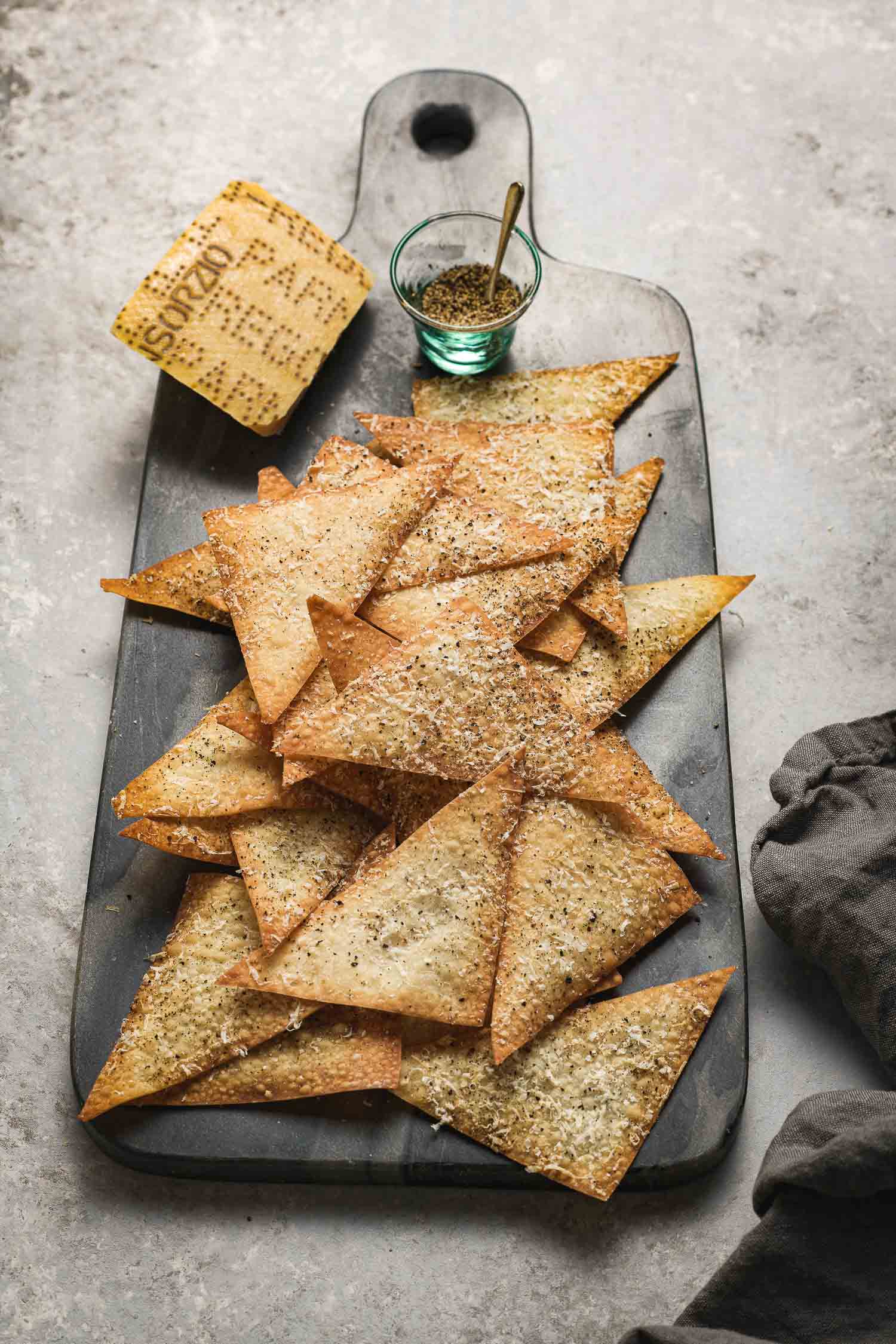
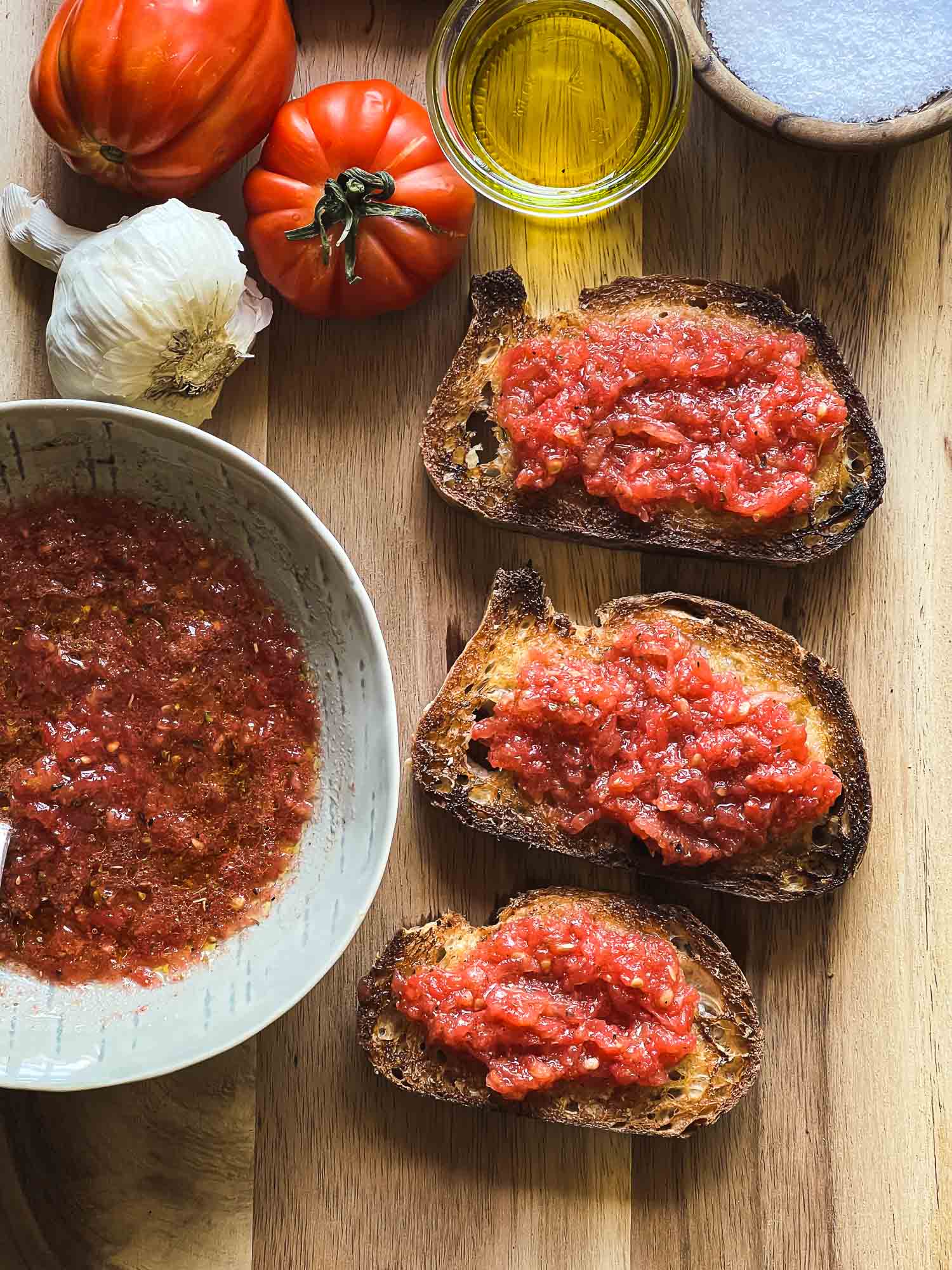
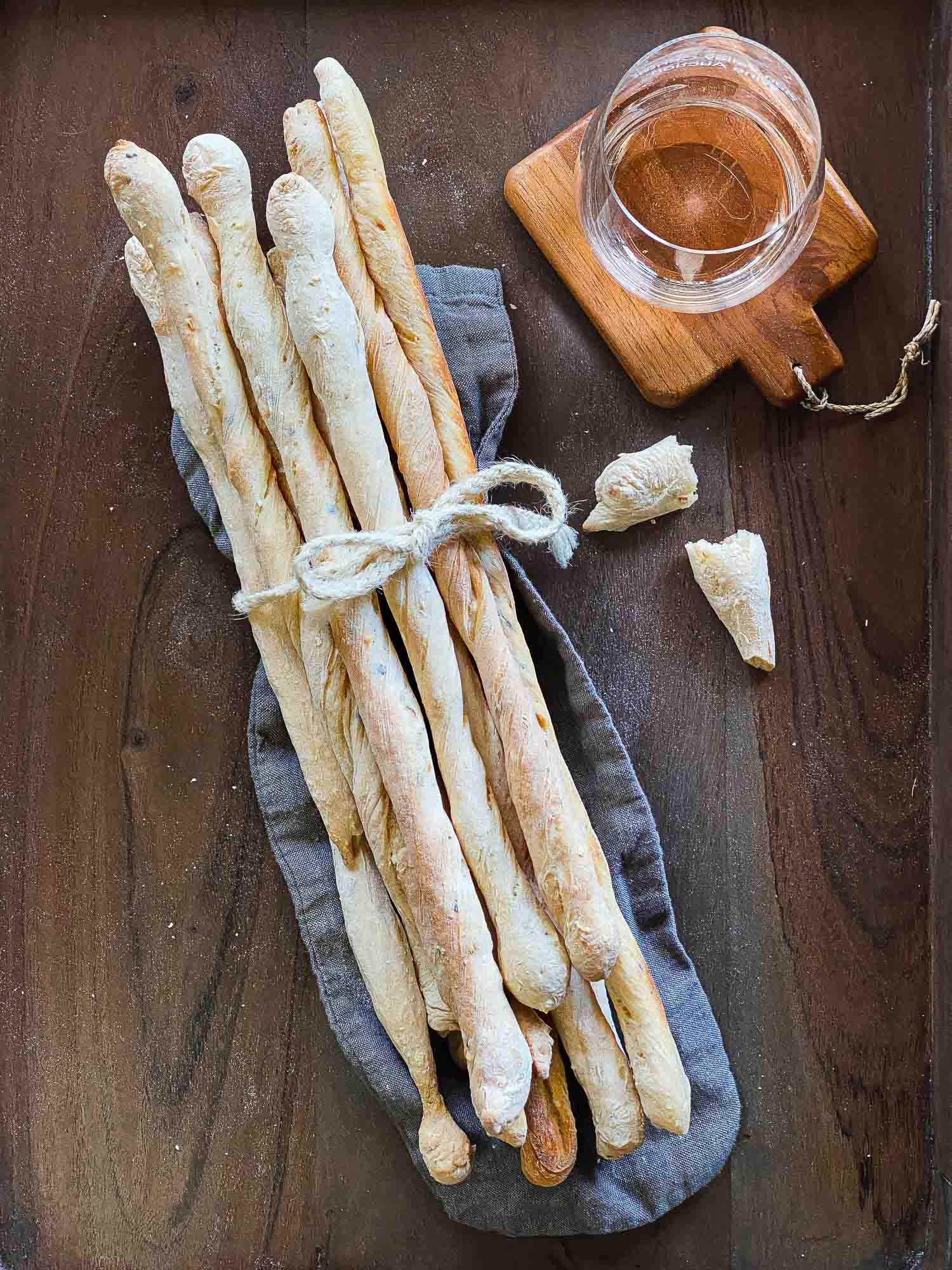

Leave a Reply